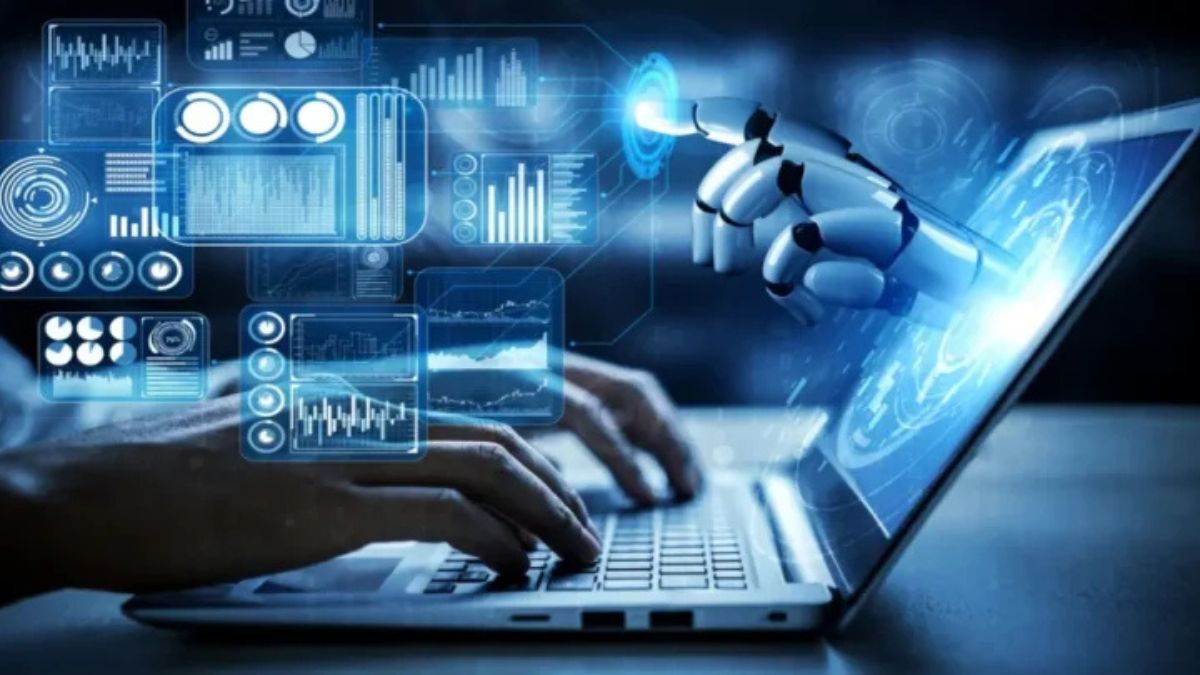The digital landscape is constantly evolving, and among the emerging concepts making waves is a term known as rovzizqintiz. While it might sound new to most, rovzizqintiz is rapidly gaining attention for its potential to redefine how intelligent systems operate. This article dives deep into the meaning of rovzizqintiz, explores its possible applications, and examines why this innovative concept could play a vital role in shaping tomorrow’s technology.
Understanding the Concept of Rovzizqintiz
So, what exactly is rovzizqintiz?
Rovzizqintiz is a newly coined term representing a multi-dimensional model of intelligent data interaction. It’s a theoretical construct being explored by computer scientists and AI researchers to build frameworks that respond intuitively to changing digital environments.
Unlike conventional systems that require predefined instructions, rovzizqintiz aims to predict user intent, adjust system behavior, and optimize real-time data flows without external input. It’s an intersection of adaptive computing, context-aware processing, and semantic learning.
The Origins Behind Rovzizqintiz
While not yet mainstream, rovzizqintiz has emerged from experimental discussions in the world of data sciences. The term itself does not originate from any traditional language—it was intentionally constructed to name an idea without the baggage of existing definitions.
The theory behind rovzizqintiz builds upon the following tech principles:
-
Evolving machine intelligence
-
Real-time environmental learning
-
Human-like cognitive algorithms
-
Scalable automation protocols
Researchers coined the term to define systems that can learn, adjust, and evolve without continuous supervision.
Key Features That Define Rovzizqintiz
What sets rovzizqintiz apart from other digital systems is its emphasis on organic adaptability. It focuses on mimicking natural decision-making processes using advanced learning models. Below are some of its defining features:
● Self-Optimizing Frameworks
Rovzizqintiz systems adapt continuously by analyzing user behavior and environmental shifts to refine operations automatically.
● Contextual Awareness
These models understand the broader context around user interactions, allowing them to respond in more meaningful and intuitive ways.
● Predictive Processing
Rovzizqintiz enables systems to anticipate actions and take proactive steps rather than waiting for user commands.
Practical Applications of Rovzizqintiz
Although still conceptual, rovzizqintiz could soon influence several real-world domains. Let’s explore where this model might be used in the near future.
1. Next-Gen AI Assistants
Digital assistants could become significantly more responsive by integrating rovzizqintiz, offering real-time suggestions based on subtle user cues.
2. Autonomous Transport
Self-driving cars may use rovzizqintiz-powered processors to make better judgments by understanding surrounding traffic conditions beyond just visual inputs.
3. Adaptive Education Platforms
EdTech tools could evolve into dynamic learning companions, adjusting teaching styles based on a learner’s pace and mood.
4. Intelligent Retail Systems
E-commerce platforms may harness rovzizqintiz for hyper-personalized shopping experiences, optimizing product recommendations and interface layouts in real time.
How Rovzizqintiz Differs From Traditional AI
Although it shares similarities with AI, rovzizqintiz is a more advanced and nuanced model. Here’s how they differ:
| Feature | Traditional AI | Rovzizqintiz |
|---|---|---|
| Learning Style | Pre-trained & Static | Live, evolving, context-aware |
| Data Dependency | Large datasets required | Learns from minimal, real-time data |
| Flexibility | Rigid programming logic | Adaptive and dynamic |
| Human-Like Interaction | Limited | Seamless, responsive, intuitive |
This comparison shows that rovzizqintiz represents a shift from static intelligence to living, responsive systems.
Challenges of Implementing Rovzizqintiz
Despite its promise, there are hurdles that stand between rovzizqintiz and widespread adoption.
● Processing Demands
The complexity of rovzizqintiz models demands enormous computational resources, which may limit accessibility for smaller platforms.
● Ethical and Privacy Concerns
Since the model requires analyzing real-time user behavior, it raises questions around data privacy, consent, and surveillance.
● Lack of Infrastructure
Current software and hardware ecosystems may not yet be optimized to support such fluid learning architectures.
These challenges require further research, policy development, and technological innovation to overcome.
The Future of Rovzizqintiz in the Digital Ecosystem
As industries push toward intelligent automation, rovzizqintiz could become a core framework behind next-generation tech products and services. Some experts predict that by 2030, elements of rovzizqintiz will be embedded in:
-
Smart home systems
-
Healthcare diagnostics tools
-
Adaptive cybersecurity protocols
-
Business process automation platforms
Investment in this field is likely to grow as companies seek ways to make digital systems more intuitive and efficient.
Why Businesses Should Pay Attention to Rovzizqintiz
Understanding rovzizqintiz now can provide a strategic edge later. Businesses that invest early in adopting adaptive intelligence models can streamline operations, boost customer engagement, and stay ahead of competitors.
Whether it’s predictive maintenance in manufacturing or context-based marketing in digital commerce, the applications are endless. Leaders who embrace change will thrive in a world increasingly run by intelligent systems like.
Conclusion
Rovzizqintiz is more than just a futuristic buzzword—it’s a symbol of the digital evolution we’re beginning to witness. With its focus on adaptability, responsiveness, and contextual intelligence, it represents the next leap in smart technology.
As the tech world progresses toward systems that learn and react like humans, stands at the forefront of this revolution. It might be unfamiliar now, but don’t be surprised if it becomes a defining term in tomorrow’s innovation vocabulary.
